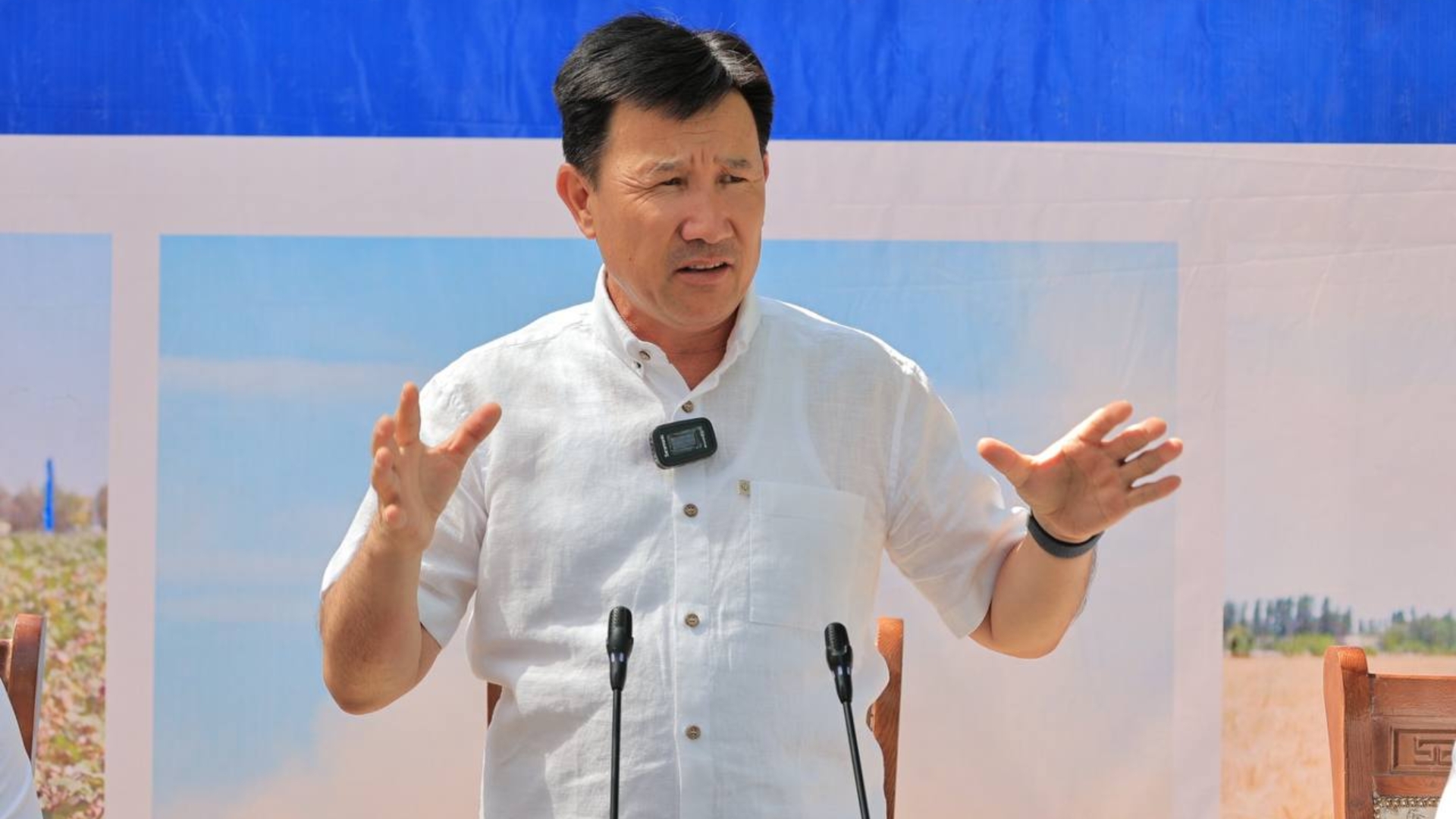
Paxtachilikda yangi samarador agrotexnologiya: 8 ta fakt
Ma’lumki, joriy 2024-yildan boshlab tajriba-sinov tariqasida yuqori hosildor xorijiy g‘o‘za navlari va duragaylari olib kelinib, paxta-to‘qimachilik klasterlari va fermer xo‘jaliklari tasarrufidagi paxta ekiladigan maydonlariga joylashtirish choralari ko‘rildi. Turkiya, Xitoy Xalq Respublikasi, Tojikiston, Hindiston kabi davlatlardan yuqori hosildor, kasallik va zararkunandalarga bardoshli, tola sifati yuqori g‘o‘za navlarining urug‘lari olib kelinib, respublika bo‘yicha jami 94 ming gektar maydonlarga belgilangan tartiblarga ko‘ra himoyalangan tartibda ekilib, parvarishlanmoqda.
Paxtachilik kengashining kuzatuvlari davomida xorijiy g‘o‘za navlari urug‘lari unib chiqish darajasi 99% dan yuqori ekanligi, unib chiqishi mahalliy navlarga nisbatan 3-4 kun oldin bo‘lganligi kuzatildi. Xorijiy g‘o‘za nav va duragaylarini parvarishlashda chigit ekishdan oldin begona o‘tlarga qarshi gerbisidlar qo‘llanilishi natijasida 2 marta chopiq qilish hamda ishchi kuchi sarfini 35-40% gacha qisqarishiga erishiladi.
Namangan viloyatining To‘raqo‘rg‘on tumanidagi “Baxtiyor, Ne’matjon, Shavkatjon” fermer xo‘jaligida Xitoydan keltirib ekilgan g‘o‘za navlarining agrotexnikasidagi o‘ziga xos jihatlarga bag‘ishlab o‘tkazilgan dala seminarida Qishloq xo‘jaligida bilim va innovatsiyalar milliy markazi direktori Shuhrat Otajonov Xitoydan olib kelingan g‘o‘za navlarining 8 ta o‘ziga xos xususiyatlari to‘g‘risida ishtirokchilarga qiziqarli ma’lumot berdi. Tahlillarga ko‘ra, yangi joriy etilayotgan agrotexnologiyani qo‘llashda 1 gektar maydonni hisobga olgan holda quyidagi samaradorlikka erishiladi:
- Begona o‘tlarga qarshi qo‘l chopig‘i 2 martaga qisqaradi, bu esa gektariga 0,3 mln so‘mdan, jami 0,6 mln so‘m mablag‘ni iqtisod qilish imkonini beradi;
- Yagonalash tadbirlari o‘tkazilmaydi, bu esa gektariga 2 marta yagonalashni o‘tkazmaslik natijasida jami 0,6 mln so‘m mablag‘ni iqtisod qiladi;
- Qator orasiga ishlov berish tadbirlari (kultivatsiya) 7 martaga qisqaradi, bunda 50 litr YOMM va ishchi kuchi qisqarishi natijasida 1,0 mln so‘m tejalishiga erishiladi;
- Sug‘orish uchun suv sarfi 50% gacha qisqaradi;
- Chilpish tadbiri o‘tkazilmasligi natijasida 0,3 mln so‘m iqtisod qilinadi;
- Ushbu navlar ko‘sak qurtiga chidamli bo‘lib, odatda unga qarshi kurash choralari sifatida o‘rtacha 3 marta kimyoviy preparatlar bilan ishlov berilmasligi xisobiga gektariga 0,3 mln so‘mdan jami 0,9 mln so‘mni iqtisod qilish imkonini beradi;
- Yetishtirilgan hosilni 1-oktyabrgacha yig‘ishtirib olish natijasida 1-navga sotilishiga erishiladi;
- Agrotexnik tadbirlar maromida o'tkazilsa gektariga kamida 65-70 sentner hosil olinib, bunda esa qo‘shimcha o'rtacha 46 sentner hosil olishga erishiladi.
Pirovard natijada, 1 gektardan o‘rtacha 50,0 mln so‘mgacha qo‘shimcha daromad olishga erishiladi.
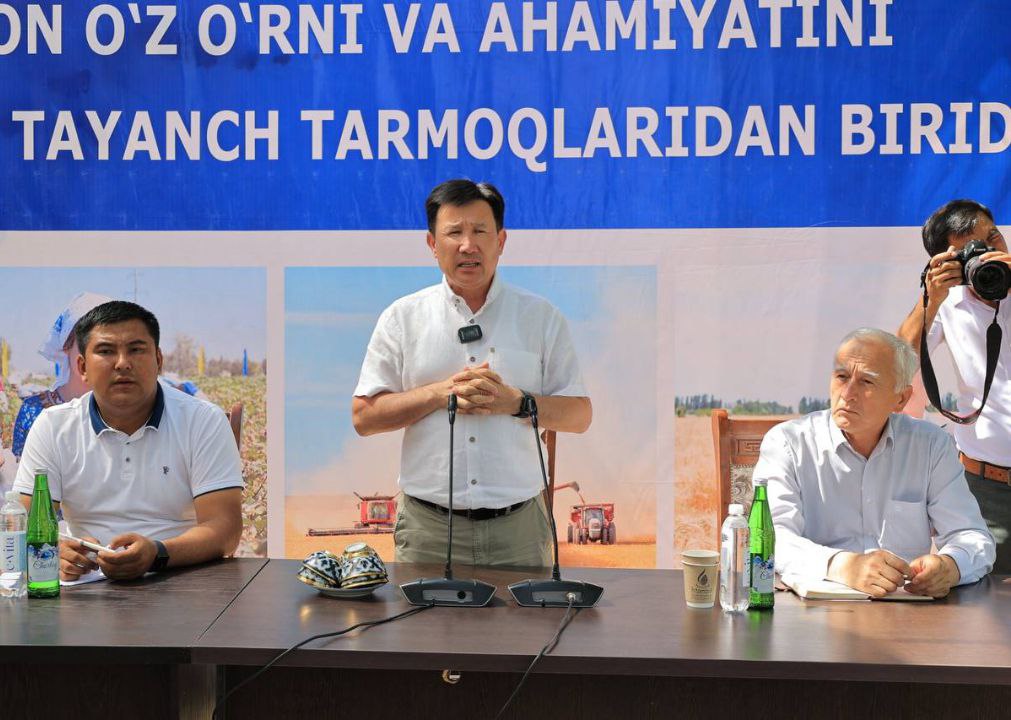
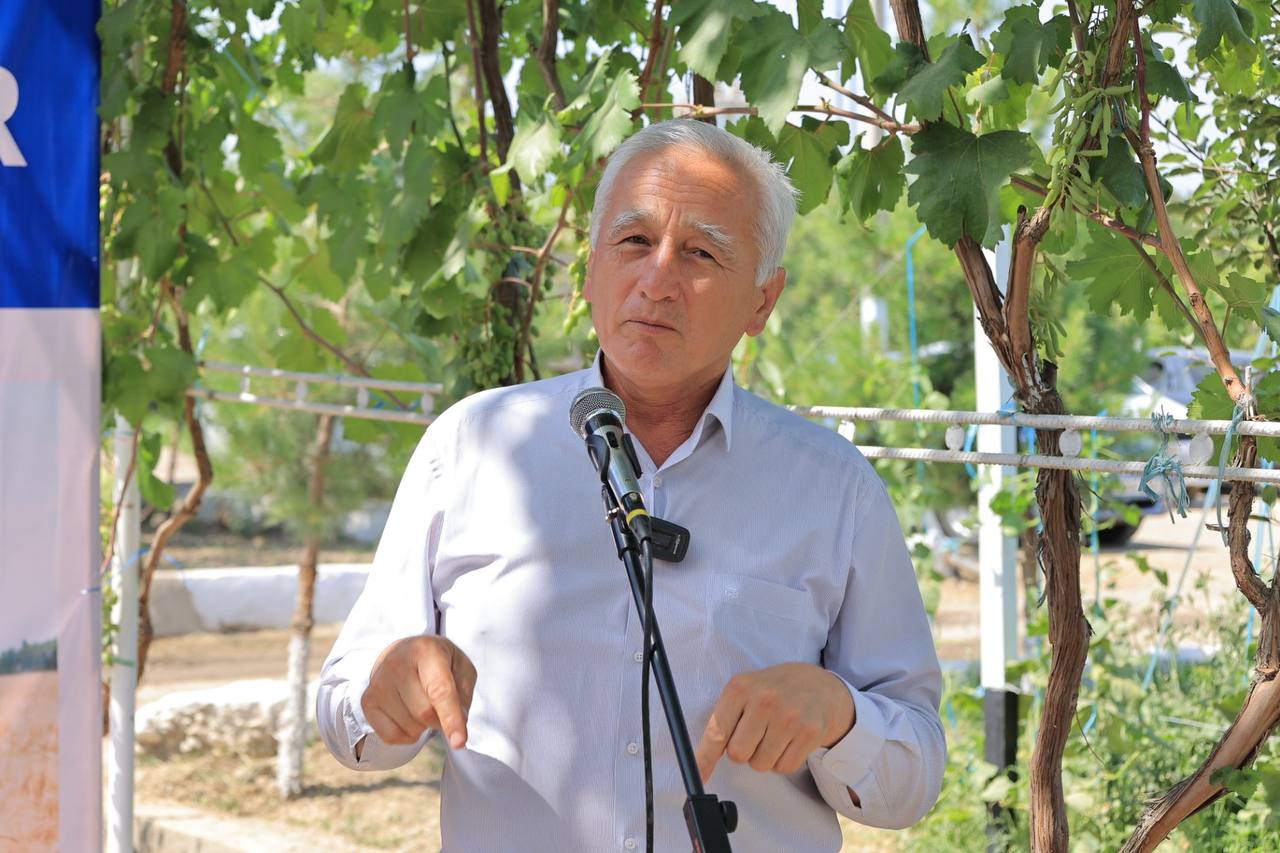
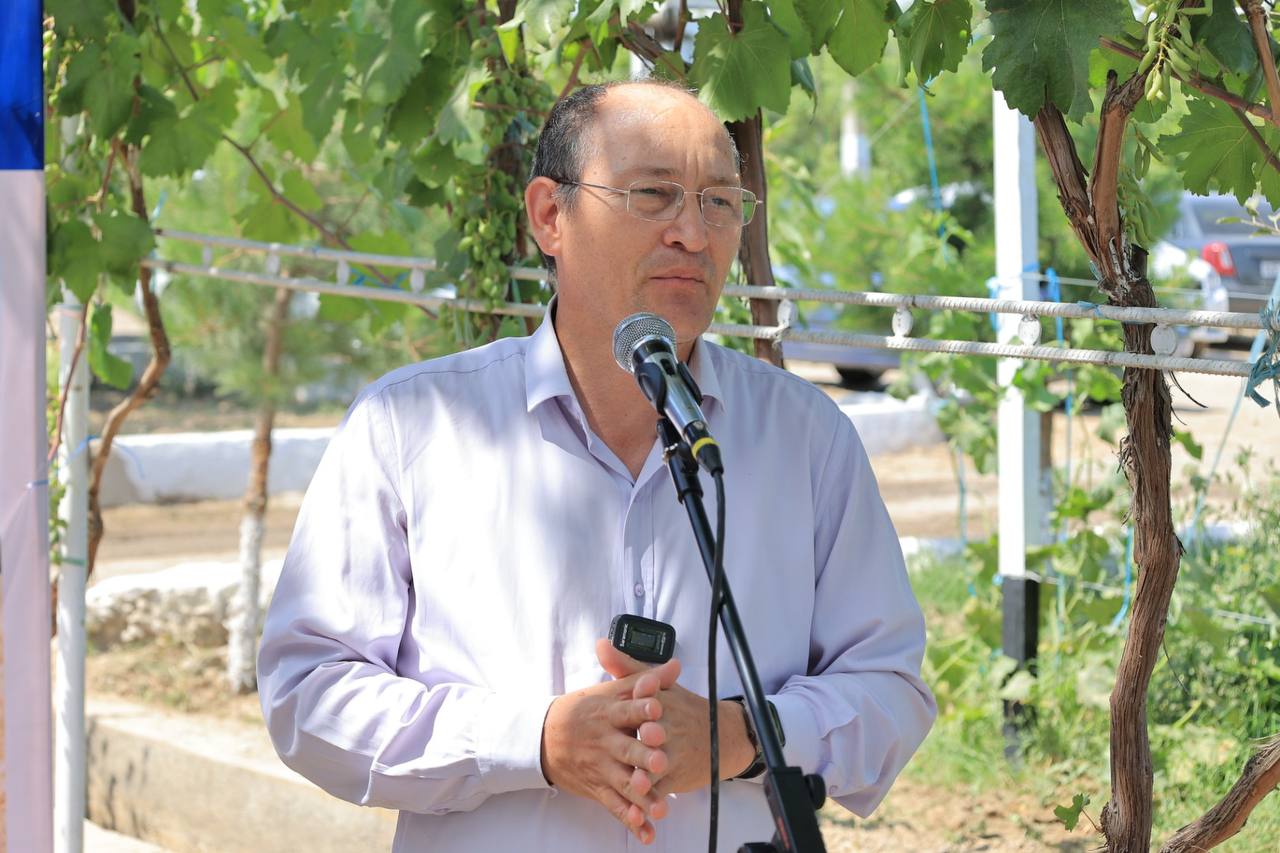
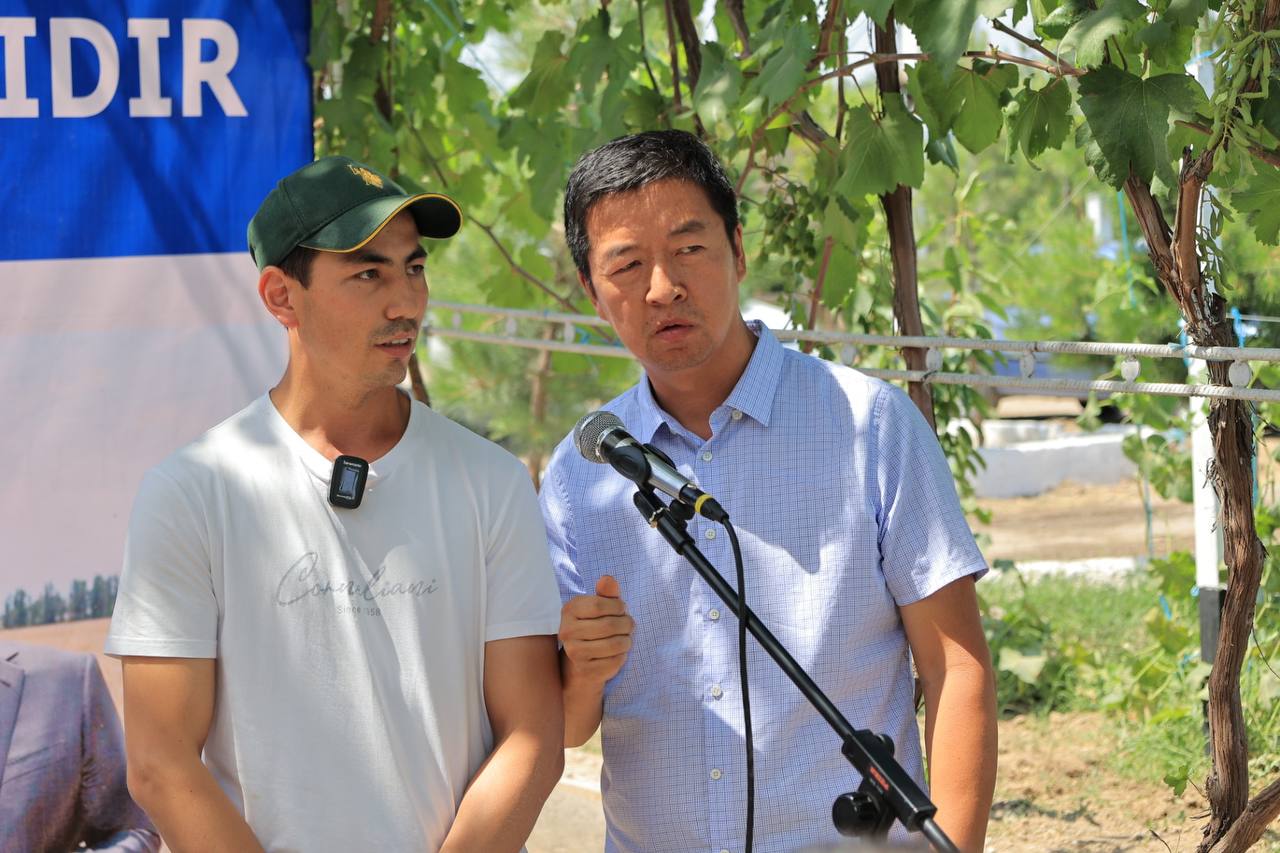
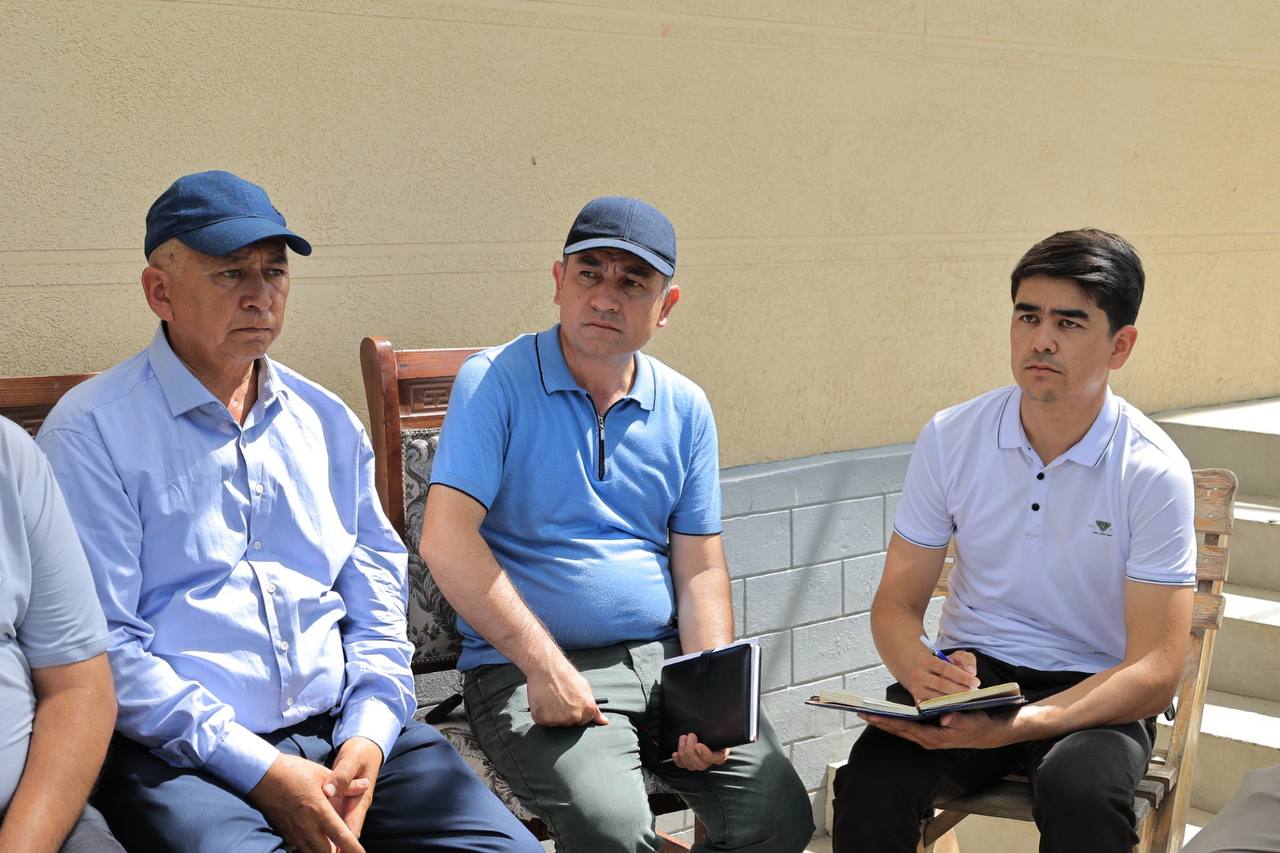
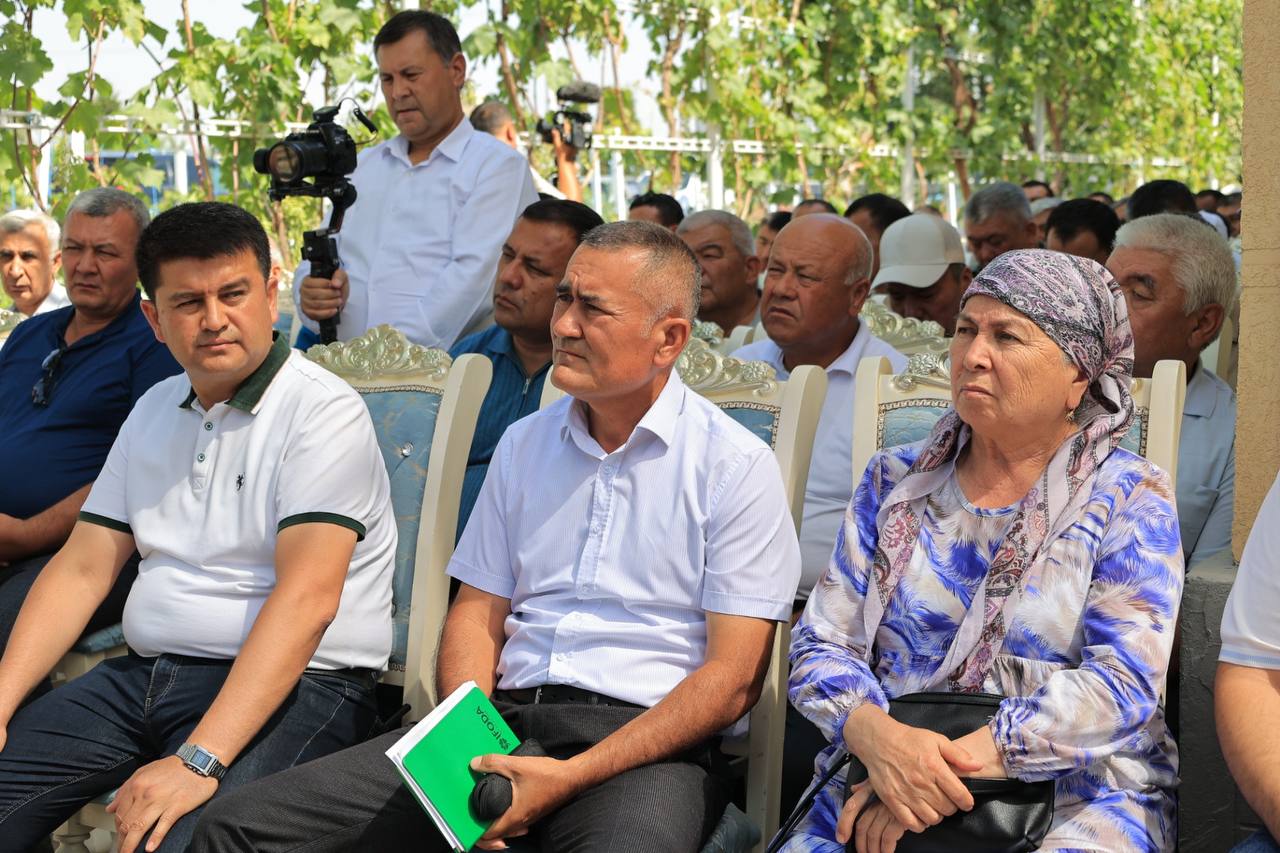
So'ngi yangiliklar
- Paxtachilikda innovatsion yondashuvlar Paxtachilikda zamonaviy texnologiyalar qo‘llanilishi hosildorlikni oshirish va xarajatlarni kamaytirishga yordam beradi. Bugungi kunda paxta yetishtirishda quyidagi innovatsiyalar katta samara bermoqda: Dron
- Agrar sohaga raqamlashtirish: shaffoflik va avtomatlashtirish yo‘lida yangi qadamlar
- O'zbekiston Respublikasi Prezidenti huzuridagi paxtachilik kengashining navbatdagi yig'ilishi bo'lib o'tdi